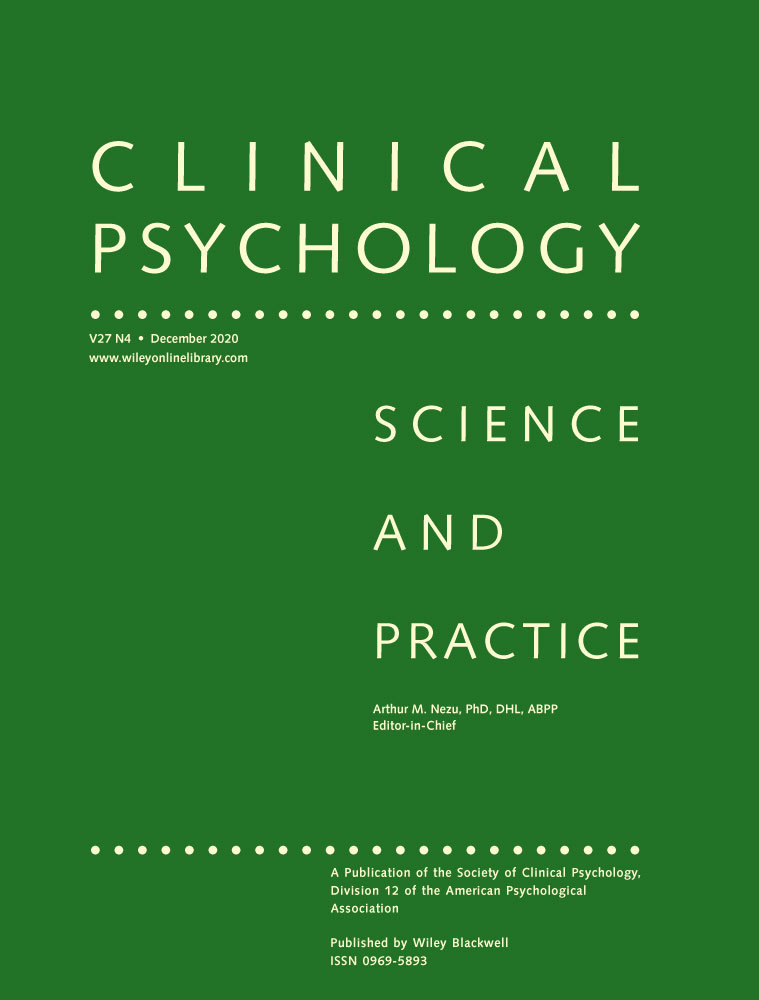Targeting Discrete Response Channels in the Treatment of Childhood Specific Phobia
Abstract
Davis and Ollendick (this issue) provide an insightful review and critique of the current state of treatment for childhood specific phobias. Their review is guided by bio informational theory (Lang, 1979) and the degree to which empirically supported treatments for childhood specific phobia use the main tenets of the theory in assessing their outcomes. We agree that failure to assess outcomes related to multiple fear components is a weakness of extant treatments. We also agree that assessment of all components of the fear response is important for the determination of treatment efficacy and mechanisms of change. However, given the current state of anxiety assessment, we suggest that it may be premature to require treatments to demonstrate alteration in all of the tripartite fear components and subjective fear before assigning efficacy status. This commentary discusses the practical and methodological difficulties in the assessment of multiple fear response components in children and argues the need for improved assessment technology. The necessity to specifically target each fear response system in treatment is also addressed.




